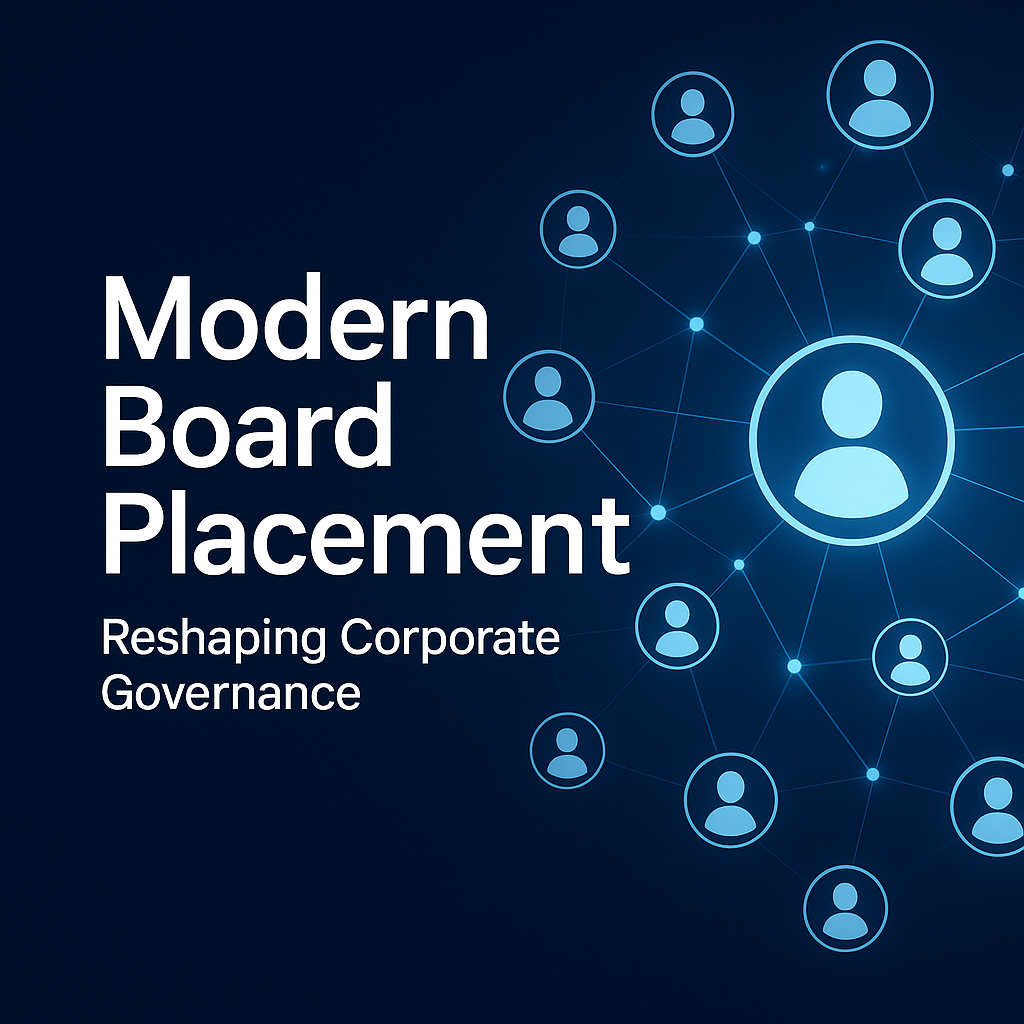The landscape of leadership is constantly evolving, demanding a shift from hierarchical structures to collaborative ecosystems. Enter leadership advisory roles, where experienced professionals bridge the gap between leaders and their goals, fostering mutual growth and organizational success. However, navigating these roles effectively requires more than just expertise; it demands strong collaboration skills. This article equips you with actionable strategies to build bridges, not walls, and thrive in your leadership advisory role, ultimately leaving a lasting impact on both leaders and organizations.
1. Fostering Open Communication & Building Trust:
- Active Listening: Practice active listening skills, demonstrating genuine interest in the leader’s experiences, challenges, and aspirations.
- Transparent Communication: Be transparent and forthcoming in your communication, fostering trust and creating a safe space for open dialogue.
- Empathy & Understanding: Develop empathy and strive to understand the leader’s unique perspective and context.
2. Collaborative Problem-Solving & Shared Decision-Making:
- Joint Brainstorming: Encourage collaborative brainstorming sessions, fostering creative solutions and ownership of decisions.
- Respecting Diverse Perspectives: Value diverse perspectives and encourage the leader to consider multiple viewpoints before making decisions.
- Shared Goals & Accountability: Establish shared goals and hold both yourself and the leader accountable for achieving them.
3. Effective Coaching & Continuous Learning:
- Tailored Coaching Approach: Tailor your coaching approach to the leader’s unique needs and learning style, fostering individual growth.
- Empowerment & Skill Development: Empower the leader to develop essential skills and build their self-reliance.
- Continuous Learning for Both: Engage in continuous learning alongside the leader, staying current on latest trends and best practices.
4. Building Strong Relationships & Networks:
- Connect with Stakeholders: Connect the leader with relevant stakeholders, fostering collaboration and access to diverse perspectives.
- Networking & Resource Sharing: Utilize your network to connect the leader with valuable resources and potential collaborators.
- Celebrating Successes & Learning from Challenges: Celebrate successes together and approach challenges as opportunities for shared learning and growth.
5. Utilizing Technology & Digital Collaboration Tools:
- Leveraging Communication Platforms: Utilize online communication platforms to facilitate regular communication and efficient collaboration.
- Sharing Resources & Information: Share relevant resources and information electronically, ensuring accessibility and fostering a knowledge-sharing environment.
- Staying Connected Virtually: Utilize virtual collaboration tools to stay connected and facilitate effective collaboration even when physically separated.
Remember: Leadership advisory roles are not simply about providing expert advice; they are about building collaborative partnerships that empower leaders, strengthen organizations, and drive sustainable growth. By incorporating these actionable strategies, you can build bridges of collaboration, fostering a mutually beneficial and impactful leadership advisory experience.
#leadershipadvisory #collaboration #leadershipdevelopment #communication #trust #problemsolving #coaching #boardsI #diversityinleadership #effectivecommunication#leaderadvisors #leadershiproles #coachapproach #empowerment #organizationaldevelopment #growthmindset #sharedgoals #accountability #learningtogether









